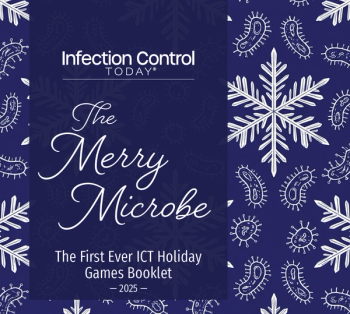
Advanced Genomic Test Helps Trace Sources of Foodborne Illness Outbreak
Food and Drug Administration (FDA) scientists have successfully used a new genome sequencing test to retrospectively examine a 2009-2010 foodborne illness outbreak to help trace the source of the infection.
A Salmonella Montevideo outbreak that began early in 2010 was linked to spice rubs on certain salamis and sickened nearly 300 people in 44 states and the District of Columbia.
Field investigators collected samples of the suspect product to find the source of the contamination. However, conventional laboratory testing methods could not distinguish between the outbreak involving spiced meat and certain previous Salmonella contamination events.
FDA analysts then turned to next-generation sequencing (NGS) to test 35 samples suspected of being contaminated with the Salmonella strain. The samples came from suppliers, consumers who became ill and a variety of food sources from a broad range of places and times.
Test results showed a recent common origin of the outbreak strain a single food facility. The results also indicated a single source: a spiced meat rub.
The findings supported the information gathered in the field phase of the investigation and suggest an important role for this novel tool in augmenting future outbreak investigations.
Newsletter
Stay prepared and protected with Infection Control Today's newsletter, delivering essential updates, best practices, and expert insights for infection preventionists.






